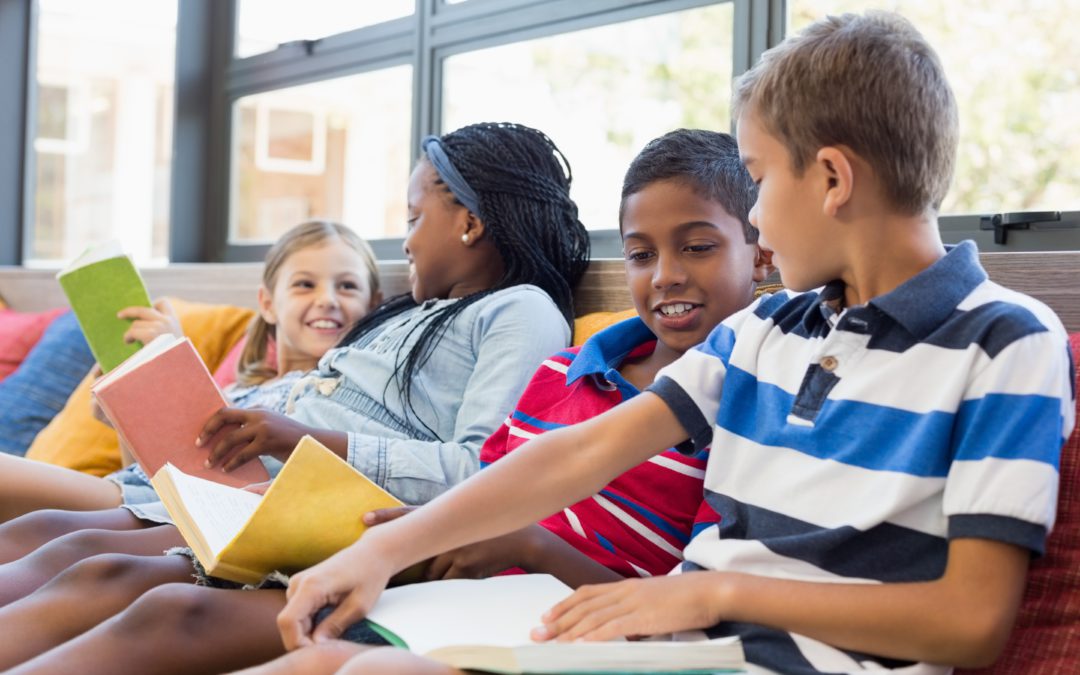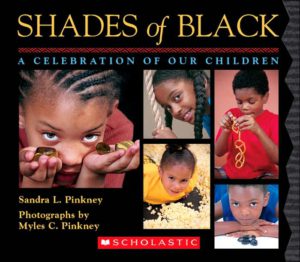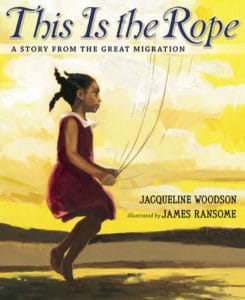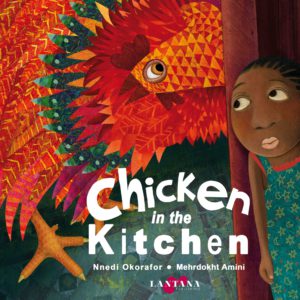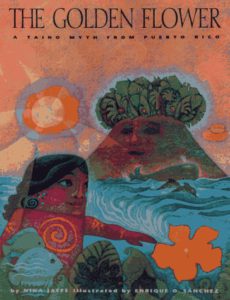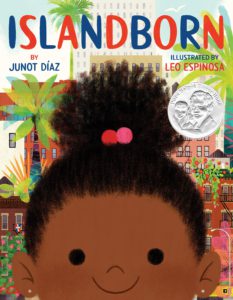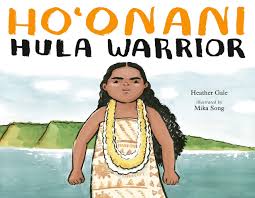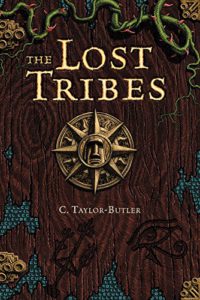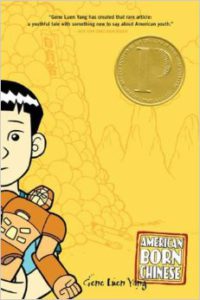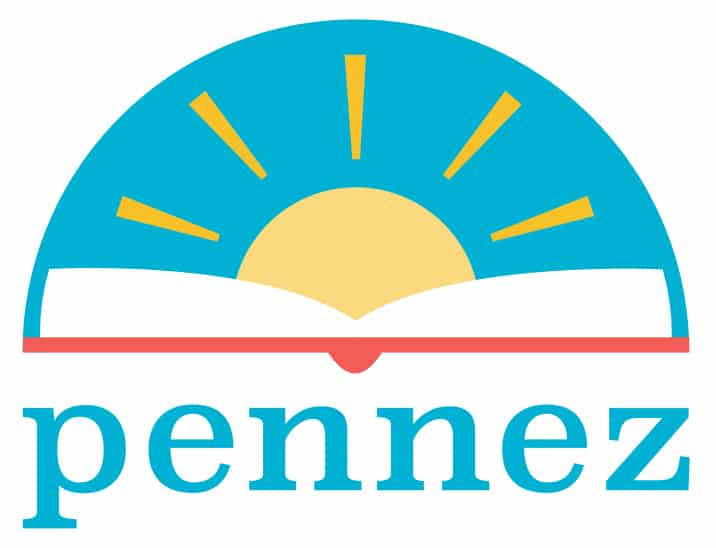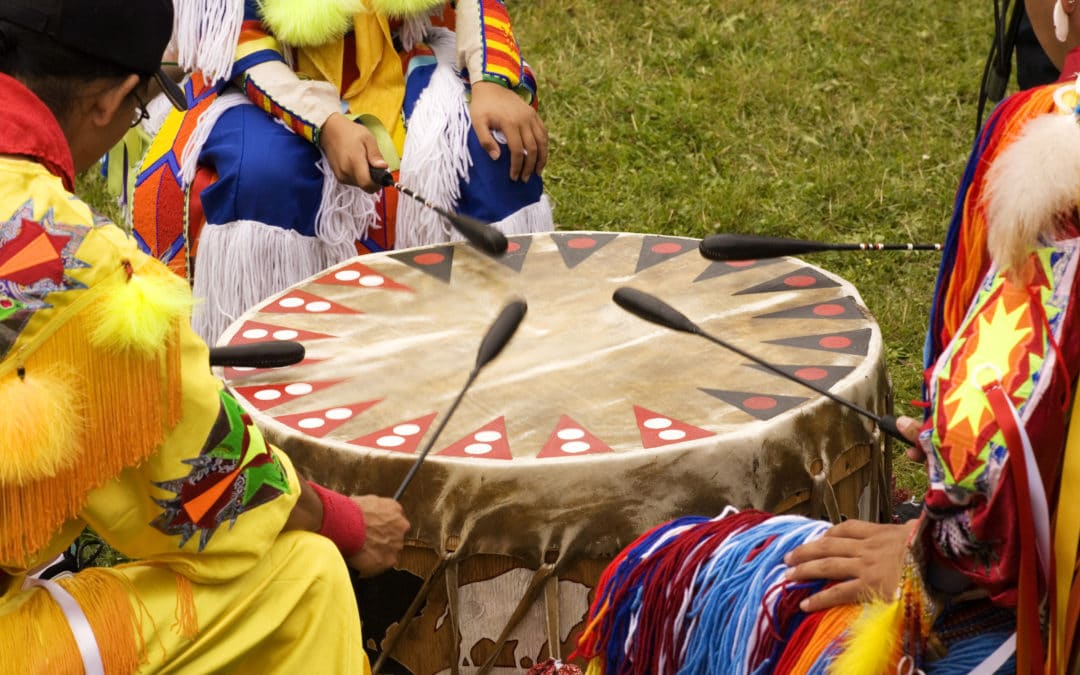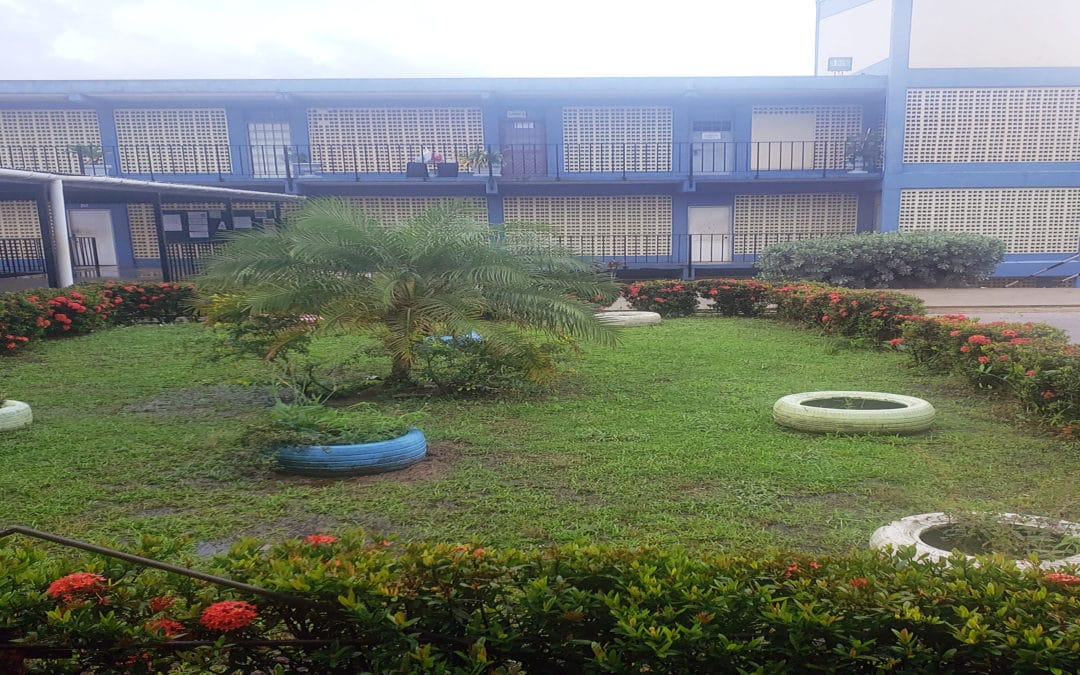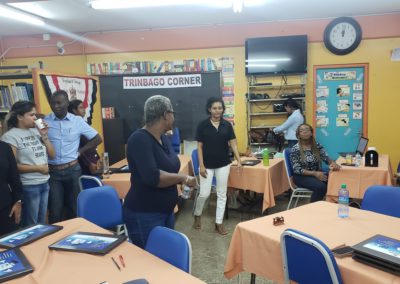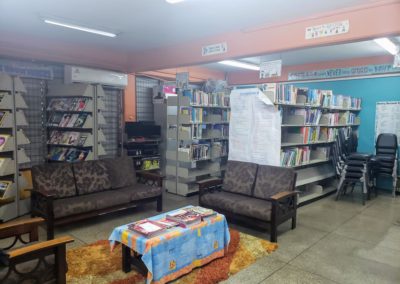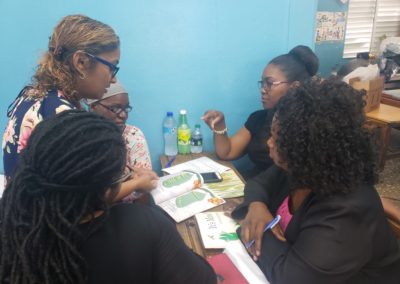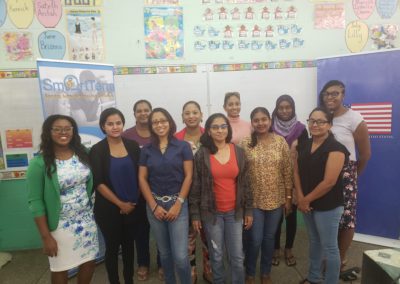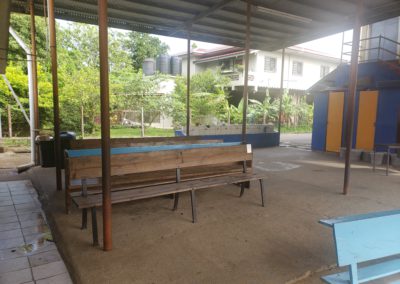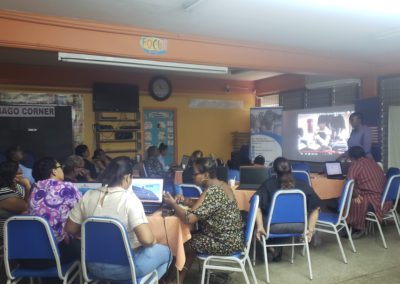I interviewed three educators to gain their perspectives on how other educators can discuss equity and race in their own classrooms. You can connect with each of them through their social media platforms.
- Crystal Everett @CrystalCalledit (Twitter)
Real World Learning Coordinator, Kansas City Public Schools
- Akiea Gross @wokekindergarten (Instagram)
Former New York Educator, Founder Whole Kindergartener, Coaching Manager 4.0 Schools, Adjunct Professor Hunter College
- Dr. Khalil Graham (LinkedIn)
Executive Director Dallas Charter Schools
What is Your Experience?
CRYSTAL
My role as the Real World Learning Coordinator for KCPS is administered in our career and technical education department. My office is inside of Manual Career Technical Center and we have different programs for real world learning. Our goal is to connect students to real world learning experiences, including internships. The regional goal laid out by the Kauffman Foundation is to have all high school students graduate with at least one market value asset by the year 2030. My role as Real World Learning Coordinator is to cultivate these experiences.
What is Career Technical Education (CTE)?
Career and technical education provides students with an opportunity to gain skills and certifications that prepare them for the workforce directly after high school. Students choose CTE because they want something hands on. CTE is a great fit for Real World Learning as industry recognized credentials are also market value assets.
AKIEA pronouns they, them, their
As an abolitionist within the institution of school. I have the freedom to dream of the possibility of a world without schools. If I believe education is liberation. What does that look like outside of schools? The experience of being in schools helped me understand why I had to get out. As a creator, I have a team called Women Amplify. Women Amplify’s black, queer, trans, and those who have muted voices.
Once I left schools in 2018, I found a lot of my healing in music & the arts. I was able to reimagine liberation. I was able to approach my work with an open mind.
What is an Abolitionists?
I think we have the ability to see beyond the harm. Abolitionists are the freedom dreamers. We are able to see beyond the confines on what we have been indoctrinated in. We are the people who can be the destroyers and creators. We are not afraid to burn it down and build it up. I think of myself as a freedom dreamer, creator, and as a healer.
KHALIL
I have been a career educator. I started as a school teacher in high school and elementary. I moved into leadership as a school leader with middle schools in African American Communities. For the last two years, I have been providing leadership development where I supported new school principals on developing their skill sets. Currently, I am the founding Executive Director of a charter school network focused on STEM. Our students primarily live in low income communities where we eventually want schools at full scale across the city.
Why start a Charter School Network?
Every kid deserves a chance to learn and every kid deserves a kid a chance to be successful.
I have always been motivated by wanting to have a greater impact believing that we can educate great citizens and great scholars. Schools are an institution, and not just a single entity. I have been looking at the grand plan where we can create change in the sense of community through education. [I chose this community because] our lowest performing schools are happening in the southern states when you research. Specifically, South Carolina has a history of students underperforming and not meeting state standards. I heard stories of families looking for change and other opportunities for those options to grow. We want to create career and college readiness. Additionally, being able to put job cultivation and higher education at the forefront is a dire need.
What current challenges do you face?
CRYSTAL
This has been my challenge of finding those teachers who want to enhance their student’s experience. This role as the Real World Learning Coordinator is brand new to KCPS and I started my role in October. This year it is about finding those teachers who want to be engaged and who want to provide real world learning experiences. I don’t think we can do a lot of things without teacher’s buy in. In general, I think teachers want Real World Learning. It is my job to make these experiences easier by coordinating field trips, ordering buses and completing registration for experiences as needed. I need to help make it easier for them or find mechanisms to help them know about these different opportunities outside of their building. This will look different moving forward, but I hope to assist teachers and not create additional burdens to providing necessary and innovative approaches to education.
AKIEA
People need to understand schooling and education.
Schooling is indoctrination. It is a product of colonization. When they came over and created boarding schools, it stripped people of their culture. We have to shift our language. Language perpetuates harm & ideology. Once we uphold that we can exist beyond those confines. It is getting back to how our ancestors do it. Then that is where unlearning is back to the roots. It starts with deep dives of our history. Many museums have been putting it [our history] online. Learning of our own history will take us back to our roots.
Education is liberation. Education is our roots. We need to create a new ecosystem of community care; an ecosystem of self-learning. The best education is from elders, colleagues, and friends. We need to envision ecosystems of community care where it looks like communal learning. Communal care is not confined to four walls.
KHALIL
There are a couple things. For one, there is a resource allocation anytime in education. Whether they are a school, nonprofit, or higher ed. You find yourself being stretched thin meeting multiple needs day-to-day. Externally, schools are trying to create a strong bond with the community where school trust has to be built without having the savior mentality.
Secondly, honing in on fundamental skills for teachers teaching and students learning. Meeting these demands, we see struggles; where many students are coming in with a multitude of gaps. It is pushing teachers to do what they do, scaffolding reading or math, expecting teachers to meet state standards, and building their competency on where their students are at. I am trying to build effective teaching strategies.
How can you initiate the conversation with other teachers about equity and race with their students?
CRYSTAL
I have been trying to find my space and voice in it. Teachers need to have a better understanding of how systemic racism is built into the education system. It is not just the large conversation about defunding and police. It is also about the policies that are a part of the school district. Consider discipline, for example. Do you really need to call a police officer or a security officer to take the student out of class? What does it mean to write students up? What are some ways for relationship building so it does not escalate? I think they need to see those small things and small ways that racism is ingrained into our education system. It is just not a black person killed by the police. These are everyday things that are both subtle and blatant. They should recognize the journey our students are on, as well as this opportunity to empower them, despite their circumstances.
With systemic racism, there has to be a history lesson around KCPS (Kansas City Public School District) specifically. Those things are more apparent now. I am reading a book breaking down the desegregation case. Its goal of increasing student achievement by solely pouring money into school buildings was an utter failure. I have gone through training provided by human resources and there was little to no mention of desegregation efforts. I do encourage anyone with an interest in public education to read Complex Justice: The Case of Missouri v. Jenkins by Joshua Dunn.
AKIEA
Right now, people want to have conversations on all of those things. We have this condition to keep people comfortable.
These feel like buzz words for white people: Diversity & Inclusion, and Equity. These words serve their own ego to make them feel safe & comfortable. Hiring all black teachers is not equity, that is not how it works. There is no such thing as equity. When we are talking with kids. We have to stop using terms such as bias. Real equity is that white people are seeding their power. If schools want to have equity, they are seeding their power.
The truth is looking at racism and trans-discrimination.
It is about the message not just the content. We need to talk about what is being prioritized. If I can get a curriculum with black children, how are you even talking about it? You need to talk about the message. Two people could be reading the same book and the message might be different for both of them.
UNLEARN
My work is the unlearning of black and brown folks, and POC. My work is families first, and then educators, to unlearn the harm we have eternalized. White people should not be teaching black folks. My work censors children. I do this from a place of censoring black children. When black people are free, all people are free. White people need to hold themselves accountable for the harm they have caused.
I cannot teach anyone how to do anything without unlearning first. It is your responsibility to unlearn first.
KHALIL
What we need to consider is how we build a sense of self with racial equity and power structures. A man might have different power vs. a woman. Also, a man of color has different power structures. People look at the surface level of slavery, gender, and equality. Once you peel back the layers of the traditional powers, then someone sees the sphere of influence. I hope we can help people to start their journey and then be open and moldable with that conversation where they want more research and more guidance.
With a student I would advise the teacher to come in as a learner and the person without all of the answers. You should listen to students.
I have pushed teachers to go above and beyond to build.
Rethink diversity, equity, beyond black history month, Latino history month. Pushing teachers to have an inclusive mindset when it comes to the students they serve. Rethinking the traditional thoughts around, how do we celebrate differences in general. Your students are different every day and you want to find ways to celebrate them. Celebrate them in the text that you select, the ways that you are teaching, or be shining a light. Teachers have to go outside of their comfort zones so that their classrooms can be seen as a safe space when their students come through their door. What makes them unique and how can you celebrate those personal identifiers. Those identifiers are learning the history of the local neighborhood. Learning the fabric: institutions, people, and what is important, so you don’t come in with those biases and assumptions. Know the people you are going to serve.
Suggestion on teachers being empathetic about uncomfortable stories from social media.
CRYSTAL
Teachers need to cultivate those safe spaces, understand and know what is going on. The burden shouldn’t be on Black people to educate others about history, systemic racism and injustice. Teachers need resources, as well as the confidence to say, “I don’t know the answers, but I want to understand.” I do believe one of the ways that teachers can demonstrate empathy is to build relationships with their students and earn trust.
AKIEA
Respond over react. We have to sit with it, call in from a place of love and empathy. Let’s call each other in. Support one another in our own healing. How can we call each other in, where we can actively and safely heal with one another. Learn more about abolitionists:
- Dr. Bettina Love
- Angela Davis
- Audrey Lord
- Charline-Black Queer and Black Abolitionist
Recognize and call each other in.
KHALIL
I always look at teachers being unbelievable communicators. I do not see it as our race framework nor our gender framework. When we feel uncomfortable, what’s the framework that we can use to talk about that? Some teachers have the morning huddle, where it is like an open mic to get their student’s heads engaged, and giving kids the opportunity to talk within a structure. Teachers can provide an avenue of support. Support does not always sit on the teacher’s shoulders. Teachers provide a gateway to another educator, counselor or someone else to provide a light. It is our job to help and process those things, create aligned pathways, to get what they need and to shine in the classroom.
When these topics come up, I am a person of hope. The greater good can be achieved. Hope & Action can lead us where they want us to be. How to put actions behind their thoughts. Schools can be a great place in our country.
